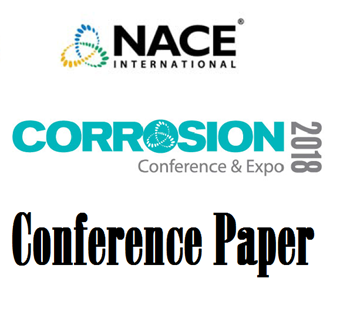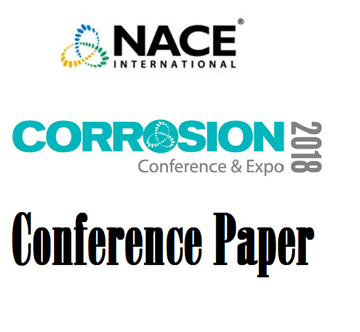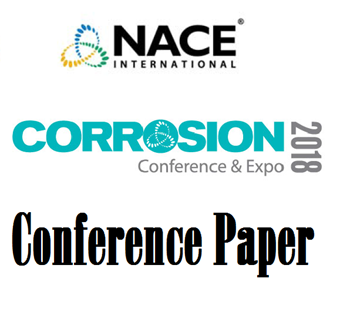Search
51318-11352-Comparison of resistance to cathode with resistance to ground in the marine environment
Also Purchased
51318-11369- Experiments and Mathematical Modeling to Assess the Effect of Cathodic Protection Coupon Geometry and Size on Current Distribution
Product Number:
51318-11369-SG
Publication Date:
2018
$20.00
51318-11388-New Sacrificial Anodic Alloys
Product Number:
51318-11388-SG
Publication Date:
2018
$20.00
51318-11274-Research on Current and Potential Distribution of Horizontal Directional Drilling Pipeline
Product Number:
51318-11274-SG
Publication Date:
2018
$20.00




